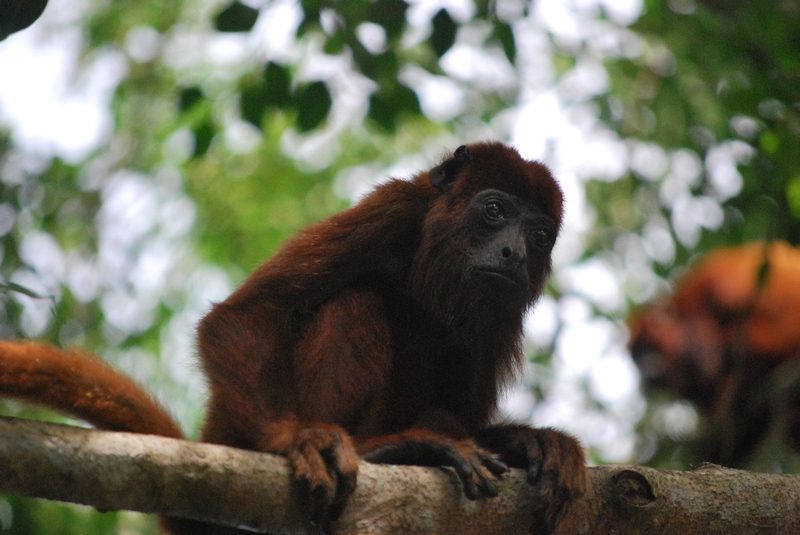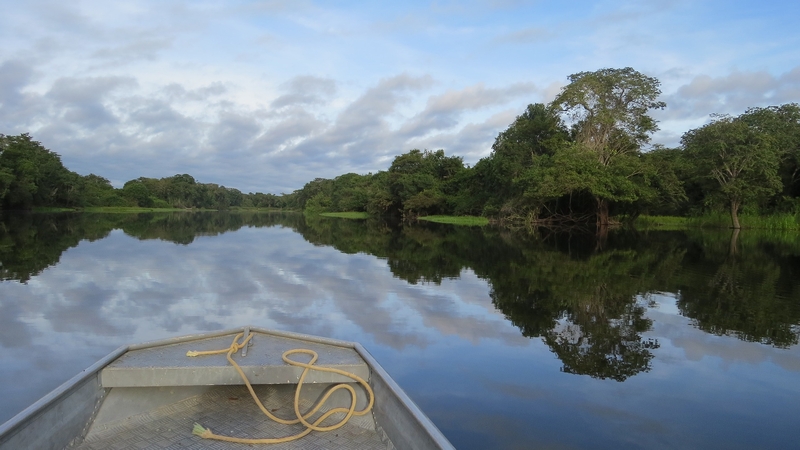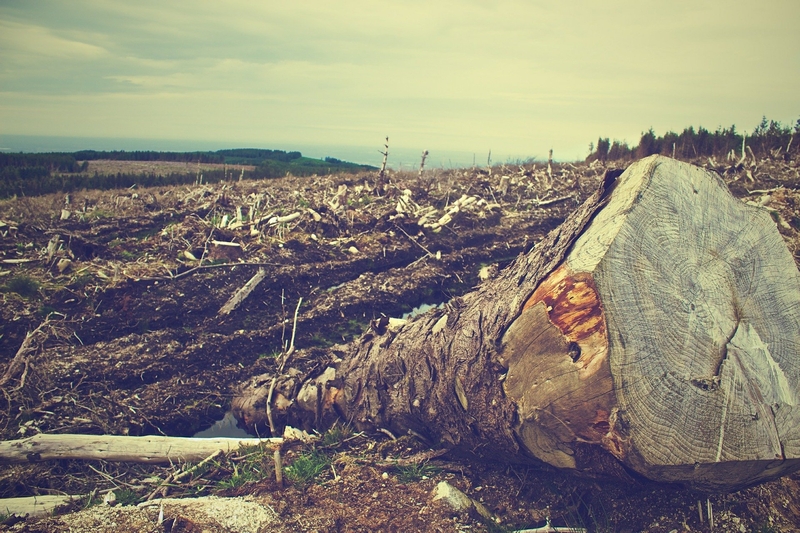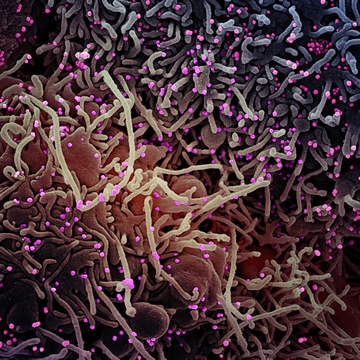Will the next coronavirus come from Amazonia?
Deforestation and the risk of infectious diseases

- Many “new” human diseases originate from pathogens transferred from wild animals, as occurred with the COVID-19 coronavirus. Amazonia contains a vast number of animal species and their associated pathogens with the potential to be transferred to humans.
- Deforestation both brings humans into close proximity to wildlife and is associated with consumption of bushmeat from hunted animals.
- Amazonian deforestation is being promoted by the governments of Brazil and other countries both through actions that encourage clearing and by lack of actions to halt forest loss. The potential for releasing “new” diseases adds one more impact that should make these governments rethink their policies.
- The views expressed are those of the authors, not necessarily Mongabay.
The only positive effect of the COVID-19 coronavirus pandemic is that it has generated public awareness of the risks of emerging diseases. One may hope that this will result in these risks being reflected in future public policies, such as those that promote deforestation in Amazonia.

Tropical deforestation provides a bridge for new diseases to pass from wild animal populations to humans, as happened in the case of the COVID-19 virus, which made this transition in a wild animal market in Wuhan, China, with pangolins trafficked from Southeast Asian rainforests being the main suspects.
A paper by Joel Henrique Ellwanger and 13 coauthors (myself among them) has just been published in the Annals of the Brazilian Academy of Sciences. The paper, which is entitled “Beyond diversity loss and climate change: Impacts of Amazon deforestation on infectious diseases and public health,” provides an extensive review of the scientific literature on this subject. Deforestation brings people into close contact with wildlife. Both simple proximity and human consumption of bushmeat can allow animal pathogens to “jump” to humans. The wide variety of unknown pathogens in Amazonia has resulted in Brazil being considered a “hotspot” for emerging diseases (see here, here and here).

The various steps in identifying factors that contribute to the emergence and transfer of infectious diseases come under the umbrella of a “one-health perspective,” which considers the health of a human population together with the health of the surrounding populations of other species. Amazon deforestation facilitates transmission both of new diseases and of old ones like malaria. The connection between deforestation and infectious diseases is just one more impact of deforestation, added to impacts of losing both Amazonia’s biodiversity and the forest’s vital climate functions in avoiding global warming and in recycling water that is essential for non-Amazonian areas in Brazil (such as São Paulo) as well as neighboring countries like Argentina.
All of these impacts, including the impacts on public health, point to the need for radical changes in public policies in order to slow and eventually halt Amazonian deforestation.
CITATION:
- JOEL HENRIQUE ELLWANGER et al. Beyond diversity loss and climate change: Impacts of Amazon deforestation on infectious diseases and public health. Annals of the Brazilian Academy of Sciences (2020) 92(1): e20191375 DOI 10.1590/0001-3765202020191375




